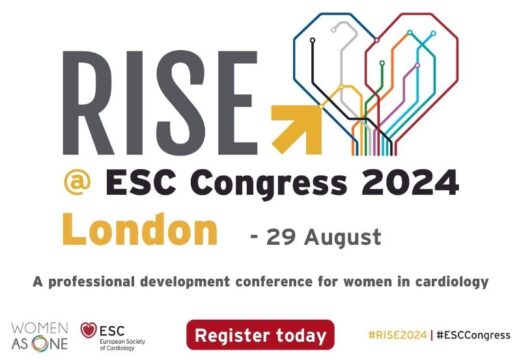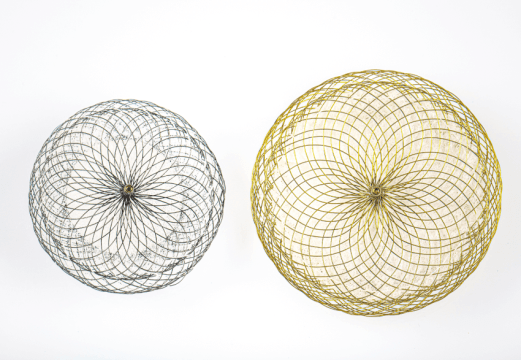Courtesy of Dr. Carlos Fava.

This study analyzed 88 patients with severe or highly severe COPD (severe: forced expiratory volume [FEV1] ≥30%-50%; highly severe: FEV1 ≤30% or FEV1 <50% associated with chronic respiratory failure) who underwent transfemoral TAVR. Among these patients, 42 were treated conventionally (hybrid lab, general anesthesia, and transesophageal echocardiogram [TEE]), while the remaining 46 received a minimalist approach (cath lab, conscious sedation, and transthoracic Doppler echocardiography).
Patient groups presented similar outcomes, except for the fact that those who received conventional treatment presented a higher rate of myocardial revascularization surgery (MRS) (45.5% vs. 20.6%; p = 0.03) and a lower rate of stroke (16.7% vs. 37%; p = 0.05).
Procedure duration was longer for patients in the conventional treatment group (129 vs. 97 min; p =< 0.001), who also presented longer hospital stays (5 vs. 2 days; p = 0.001) and, in turn, required more days in the coronary unit or the telemetry monitoring ward.
After implantation, the presence of mild leak was higher in the conventional treatment group; it was 30 days.
One month after the procedure, no differences had been observed as regards adverse events.
After a 1-year follow-up, patients who received a minimalist strategy had a non-significantly lower mortality rate (75.1% vs. 61.9%; p = 0.11).
In the univariate and multivariate analyses, a minimalist strategy and prior coronary revascularization were associated with an increase in survival, while the presence of moderate paravalvular leaks were associated with a decrease in survival.
Conclusion
A minimalist strategy in transfemoral TAVR results in lower resource use and an improvement in survival after one year, when compared to a conventional approach. These findings should be validated in larger cohorts of patients with severe COPD.
Editorial Comment
This analysis shows that TAVR can be performed in a simpler, less invasive way, maintaining (or even improving) its positive outcomes, and lowering costs and hospitalization duration without modifying quality.
While a minimalist approach is very good, reducing hospitalization days, procedural complexity and costs, we should keep in mind that it may not be ideal for all patients. Professionals should consider that many cases require a conservative approach.
Further research should be carried out in order to identify the patient group unsuitable for such a strategy.
Courtesy of Dr. Carlos Fava.
Original title: Does Minimalist Transfemoral Transcatheter Aortic Valve Replacement Produce Better Survival in Patients with Severe Chronic Obstructive Pulmonary Disease?
Reference: Jose Condado, et al. Catheterization and Cardiovascular Interventions 2017;89:775-780.
Subscribe to our weekly newsletter
Get the latest scientific articles on interventional cardiology
We are interested in your opinion. Please, leave your comments, thoughts, questions, etc., below. They will be most welcome.





